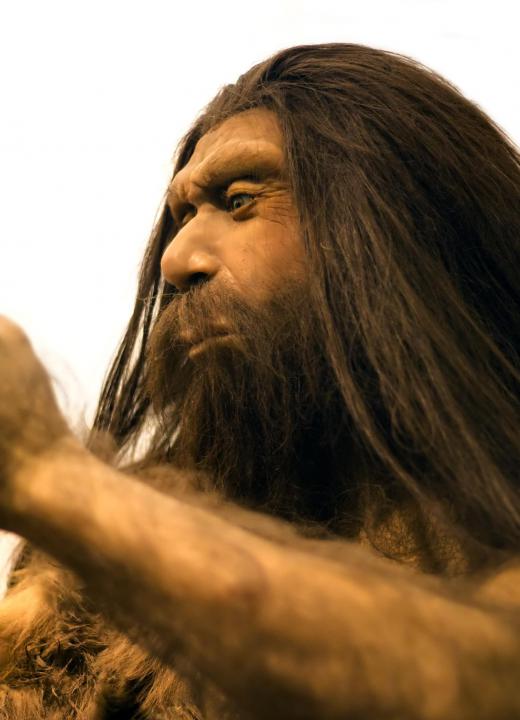What is Homo Sapiens?
 Michael Anissimov
Michael Anissimov
Homo sapiens is a type of bipedal ape. The species evolved on the savanna and possibly the wetlands of Africa only 200,000 years ago, making it one of the newest terrestrial species. Homo sapiens is one species among about a dozen in the genus homo, including homo erectus, which colonized Eurasia 2 million years ago, and homo neanderthalensis, which only went extinct 30,000 years ago. All species but homo sapiens in the genus homo are currently extinct. The genus homo diverged from chimpanzees about 7 million years ago, and gorillas 8 million years ago.
Homo sapiens was not the first socially adept ape, or the first bipedal ape, or the first ape to spread across a major portion of the world, or the first tool-using ape, or probably even the first language-using ape, but it is the first ape to develop advanced technology and cities. Although the species is 200,000 years old, it was not until about 40,000 years ago that the species developed the qualities traditionally associated with modern man: art, music, symbol systems, and complex rituals, and not until 10,000 years ago in the "Neolithic revolution" that it developed cities, division of labor, and agriculture. Writing and the working of bronze began 6,000 years ago, in the Near and Middle East.

40,000 years ago, homo sapiens departed from Africa, as its ancestors homo erectus had 2 million years ago, and colonized the whole of Eurasia and Oceania over a few thousand years. 10,000 years ago, shortly before the end of the last Ice Age, homo sapiens crossed the Bering Strait land bridge into the Americas. The only continent not seriously colonized by the species today is Antarctica. Approximately 50 years ago, the species succeeded in sending a small team to Earth's natural satellite, Luna, becoming the first terrestrial species to set foot on another celestial body.

There are numerous qualities shared among all members of homo sapiens. These are called human universals, and include body adornment, moral sentiments, classification of inner states, personal names, property, folklore, and hundreds more. Around 70,000 years ago, the species experienced a population bottleneck, being reduced to between 1,000 and 10,000 breeding pairs. This bottleneck is partially responsible for the relatively low level of genetic heterogeneity among homo sapiens individuals relative to other species.
AS FEATURED ON:
AS FEATURED ON:















Discuss this Article
Post your comments